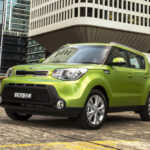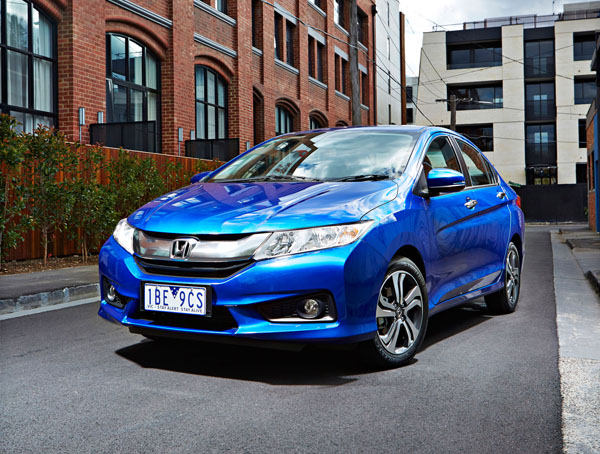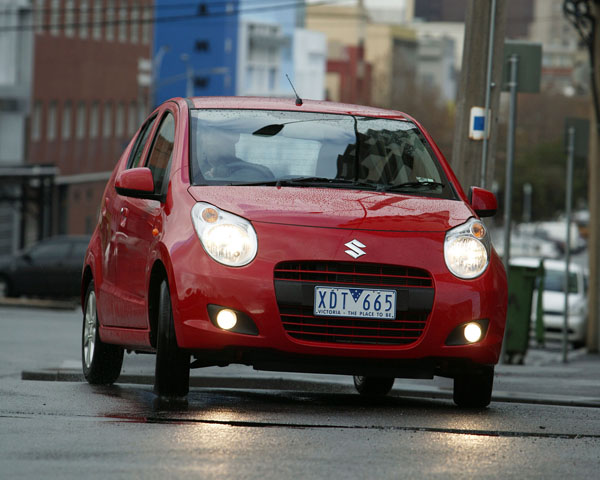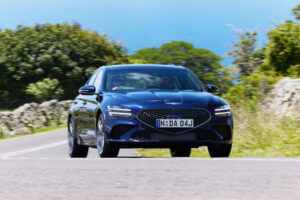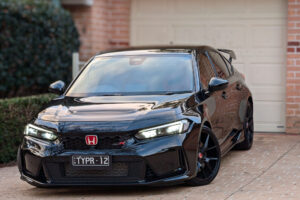
BMW 7 Series are large saloons aimed at comfortable cruising in all conditions and are particularly impressive covering huge distances on unrestricted sections of autobahn in Germany.
Sadly, the laws of physics seem to be different in Australia and the authorities here tell us that if we drive at more than 110 km/h the big Bimmer will probably crash. Sad, isn’t it?
In this Used Car Checkout we are looking at models than e the F01 and F02 series sold here from March 2009.
The F01 has a rather conservative shape that’s significantly toned down from that of the infamous Chris Bangle styled E65 series introduced in 2002.
November 2015 saw the launch of the next generation G11 series BMW 7. After the over conservative style of the 2009 model, it has a sleeker shape. The complex front end and avantgarde bling in the front guards flows down to the lower surfaces of the doors and give the ‘7 more visual interest.
Fascinatingly, there are even traces of Chris Bangle’s styling at the rear of the new 2015. Maybe he was simply too many years ahead of his time?
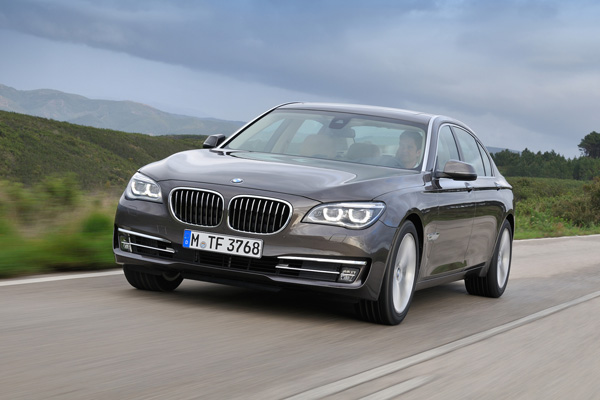
(As an interesting aside, Bangle and I have very similar looks and we have been mistaken for one another at various car shows in Europe. I’ve spoken to Chris about our appearance and he agrees that we are both handsome fellas!)
The 2015 BMW 7 may still be relatively conservative in its shape, but underneath it is crammed full of the latest in technology, in its infotainment, powertrain and suspension.
Most 7 Series sold in Australia have standard wheelbase bodies as they are intended to be driven by their owners. Long-wheelbase versions (with an ‘L’ in their name) have extra legroom in the back and are often used as chauffeur driven limousines.
The standard wheelbase model has enough rear legroom – but you really would expect more in this size of car. The long-wheelbase 7 is much more comfortable and should be the vehicle of choice for anyone intending to carry adults in the rear for trips of any distance.
Luggage space is fair for a car of this size but the low, semi-sporty shape means the boot is relatively shallow.
Interior designs are excellent, with high quality materials that include large expanses of leather. The cabins offering you a staggering choice of colours and styling shapes.
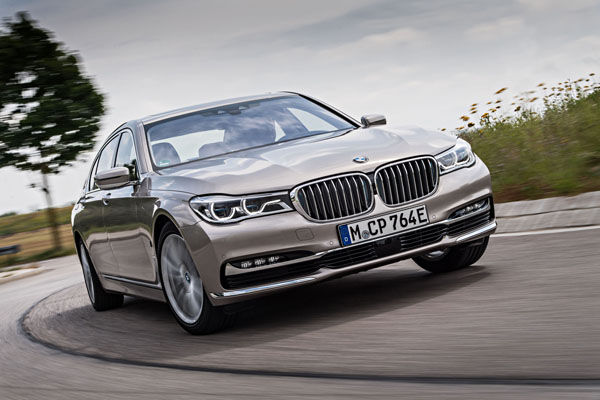
BMW 7 Series have petrol engines with four, six, eight and 12 cylinders. A generational change in these post-2009 models mean they have smaller capacities in the sixes and eights than older 7 Series. However, they have more power and considerably more torque due to the use of single or twin turbochargers.
Did I hear you mutter “four-cylinder?” when reading the previous paragraph? Yes, a 2.0-litre turbo-petrol four is part of the petrol-electric powertrain used in the 740e hybrid (the ’40’ indicates it has similar performance to a conventional non-turbo 4.0-litre engine). The 740e went on sale here midway through 2016.
BMW V12s are sadly rare in Australia but there’s something about their silky-smooth cruising performance that’s almost addictive.
There’s also a 3.0-litre six-cylinder turbo-diesel engine which is one of the favourites of the aforementioned 7 Series limousine buyers. Look for a ‘d’ on the badge (petrols have an ‘i’, and hybrids an ‘e’).
It comes as no surprise that all BMW 7 Series have silky smooth automatic transmissions that are virtually always in the right ratio for the circumstances.
Servicing and repairs charges range from expensive to very expensive. Their complexity virtually demands that all work be done at a BMW dealership.
A good non-BMW mechanic will be able to do a fair bit of the work. Some of them are former BMW mechanics who were factory trained before setting up their own business. They may not have access to all of the latest service bulletins and vehicle upgrades. But the factory does generally keep them in touch .
Insurance isn’t cheap, but there isn’t usually a huge difference between the insurers so it’s smart to shop around. However, keep in mind that a long history with one insurer can benefit you if you make a claim that may be marginal.
Frankly, if you can’t afford to own and service a BMW 7 Series we suggest that you don’t buy one.
WHAT TO LOOK FOR
The engine should start within about a second of the key being turned and immediately settle into a steady idle.
Once the engine has warmed up try some hard acceleration from a standing start and look for smoke from the exhaust.
During your pre-purchase test drive wait till the engine is fully warmed up then flatten the accelerator. Hesitation and/or smoke from the exhaust is a no-no.
An automatic transmission should engage gears from Neutral or Park within a second of the selector being moved. When on the move, shifts should be all but imperceptibly unless you’re driving really hard.
If the transmission remains in one gear at all times when Drive is selected it is running in its limp-home mode and needs attention.
Quite a few BMW 7 Series are used as hire cars. These are generally looked after well and driven correctly, but may have done a lot of work.
Check the wheels, particularly the front left one, for scars caused by minor kerb scuffing incidents of this rather large car.
Look at the condition of the seats, dashboard top and rear parcel shelf as well as the carpets.
Also check inside the boot and the area on the outside of the boot opening as the latter may have been crunched by luggage during loading.
Look over the body for repaired crash damage. If you suspect anything, no matter how trivial, have it checked by an expert.
If the crash turns out to be a bad one, it’s smart to follow up with a chassis alignment tested. Or simply don’t buy it unless the price has been substantially lowered.
HOW MUCH?
Expect to pay from $20,000 to $29,000 for a 2010 BMW 730d; $30,000 to $39,000 for a 2012 740Li; $40,000 to $55,000 for 2011 760Li or a 2014 730d; $50,000 to $67,000 for a 2014 740Li; $62,000 to $81,000 for a 2015 Active Hybrid; $70,000 to $82,000 for a 2016 740Li; $89,000 to $118,000 for a 2017 740e Performance; $110,000 to $152,000 for a 2017 750i; and $134,000 to $180,000 for 2020 730d.
CAR BUYING TIP
Spending big money on a prestigious car is fine – that is if you have plenty of money set aside if anything goes seriously wrong.
RECALLS: To browse recalls on all vehicles go to the ACCC at: www.productsafety.gov.au/products/transport/cars/




